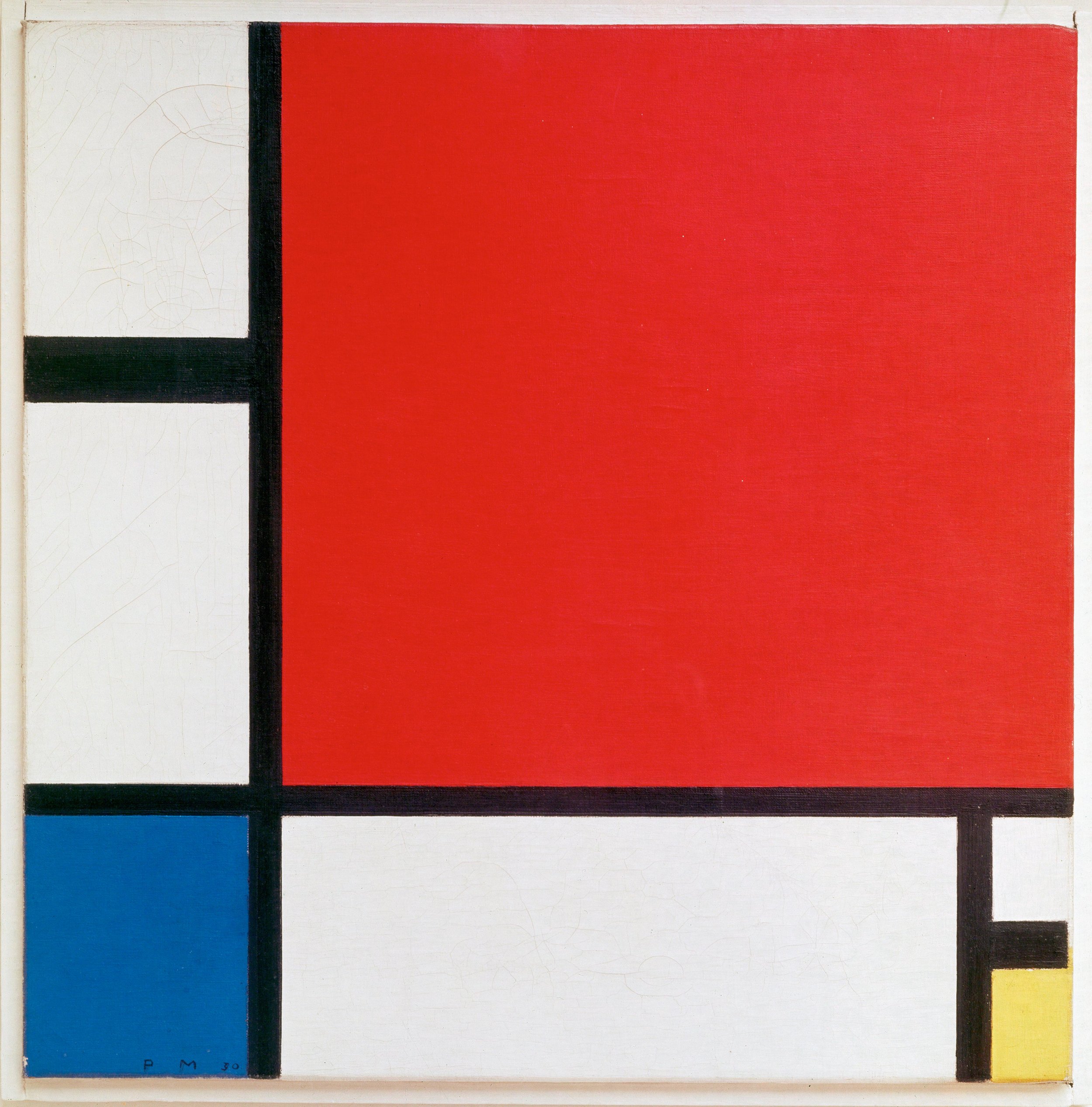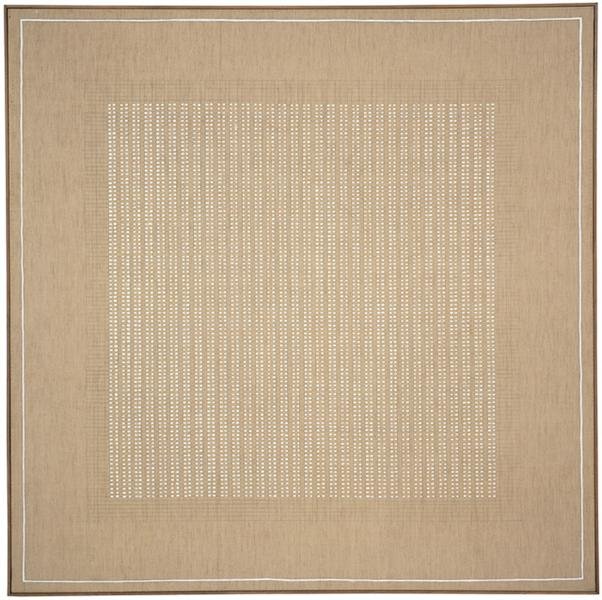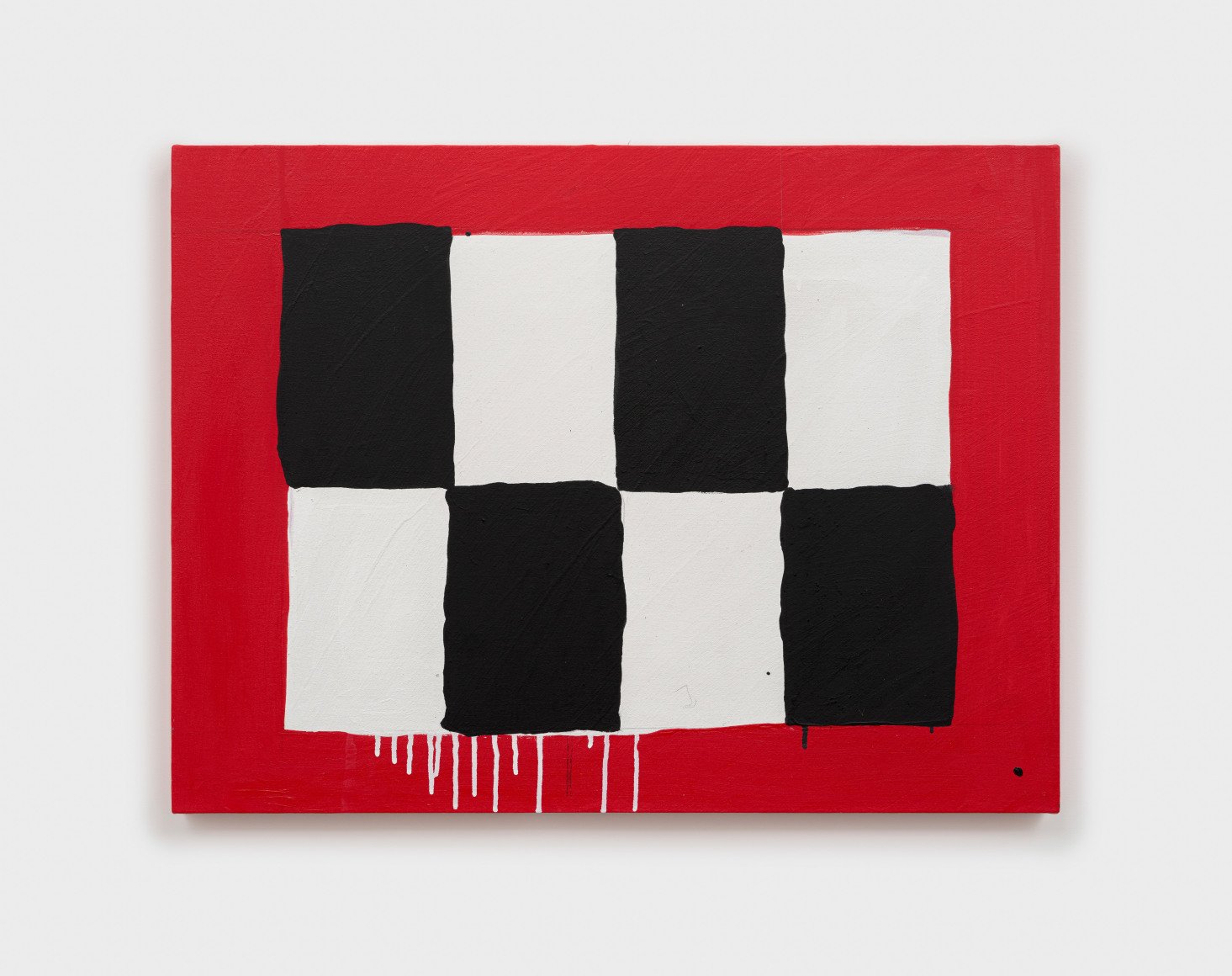Key Questions Assignment, October 2024
Piet Mondrian, Composition with Red, Blue and Yellow, 1930.
Mondrian’s grid paintings became a totem of abstract art and its modernist values. Mondrian, among other painters of the time, was influenced by a popular spiritual movement called Theosophy, which drew on many pre-existing philosophies and religions. Its effect on visual art was that it eased further movement away from realism. Mondrian regarded art as being ‘above’ and having no direct relationship to, reality. His own theory, Neoplasticism, looked towards a purified process of art making through a series of rules. His grids, as described by Rosalind Krauss in 1979, announced an ‘aesthetic decree’, declaring art to be ‘autonomous and autotelic’.[1]
My key line of enquiry is concerned with problematising that grid by disrupting its visual organisation, and by dismissing its rules, for example the use of only primary colours, and by reintroducing the temporal and the human element.
Marlow Moss, Composition with Double Lines and Blue, 1934
72.5cm x 55cm
Mondrian’s was producing his grid paintings at the same time as British artist Marlow Moss was also painting grids. They both moved to Paris and were influenced by the Cubist movement of artists and were in correspondence at the time of these grid paintings. In 1932, Marlow introduced parallel double grid lines into her paintings and in 1934, Mondrian responded by producing the painting Double Lines and Yellow.
Piet Mondrian, Composition with Double Lines and Yellow, 1934.
The introduction of the double line had a quite different visual effect. It introduced movement into the work, the single line being static, and it was a less brutal division of the canvas. Moss’s partner, author AH Nijhoff, delineated that the “single lines split up the canvas so that the composition falls apart into separate planes”, whereas the double lines provide an interrelated rhythm that allow the different planes to relate to each other.[2] There is a knitting together rather than a dividing apart, transforming the barriers of the grid into the warp and weft of a weave.
The interrelation of lines leads me to another form of grid, a weave, which acts as a leitmotif in my work. The warp and weft create an open grid, and the action of weaving intensifies the concentration of horizontal and vertical lines. This grid can also be found in the machined weave of the canvas or fabric included the work. Tapestry presents a visual organisation of colour and form to produce images and narrative, but the back face shows a tangled mess of loose fibres: the by-product of the ordered front face. This side is what interests me and offers the disrupting view of the grid, the imperfect face. Following this logic, a disruption of the grid is an unmaking, an unstitching or the unravelling of a pattern and its threads.
Contemporary artists who have troubled this grid include Agnes Martin, Mary Heilmann, Pam Glick and Tomma Abts.
Agnes Martin, The Islands, 1961,
Oil and graphite on canvas, 72" x 72" (182.9 cm x 182.9 cm)
Mary Heilmann, Checker Board Drip, 2023,
Acrylic on canvas, 24 x 32 x 1 1/2 inches (60.96 x 81.28 x 3.81 cm)
Pam Glick, How’s Everything, 2024
Oil, acrylic and pencil on canvas, 152.4 x 152.4cm (60 x 60in)
Tomma Abts, Theesko, 2019
Acrylic and oil on canvas and cast bronze, 48 x 38cm (19 x 15 inches)
References:
Krauss, Rosalind. 1979. “Grids.” October 9 (9): 50. https://doi.org/10.2307/778321.
Schouela, J. 2018. “Marlow Moss: Transgender and the Double Line.” https://womansartjournal.org/. Retrieved October 21, 2024, from https://www.oldcitypublishing.com/journals/waj-home/waj-issue-content
[1] Krauss, ‘Grids,’ 52.
[2] Schouela, “Marlow Moss, Transgender and the Double Line,” 35.





